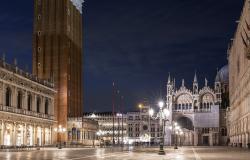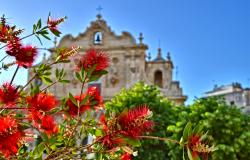500 Years Old: Venice's Jewish Ghetto in Pictures
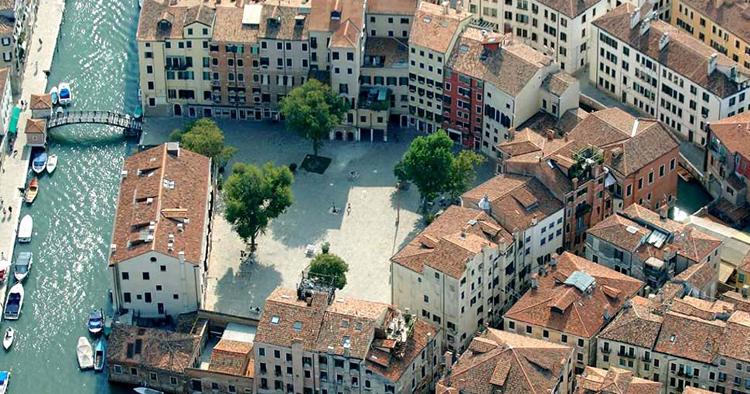
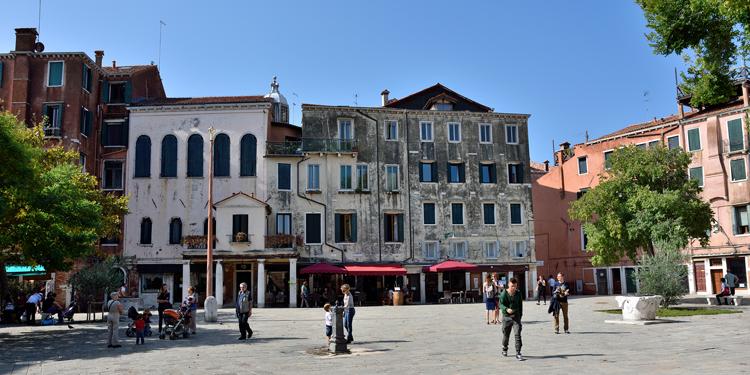
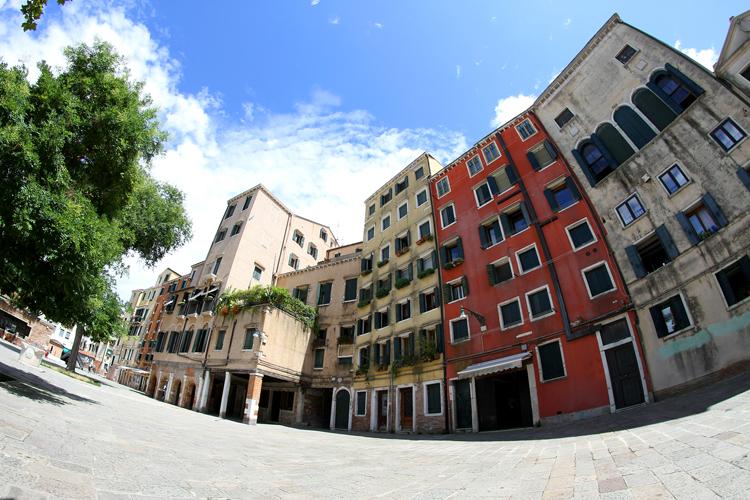
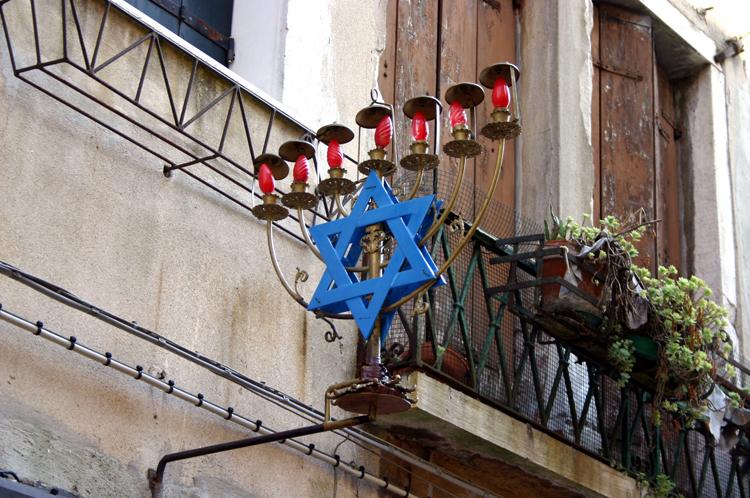
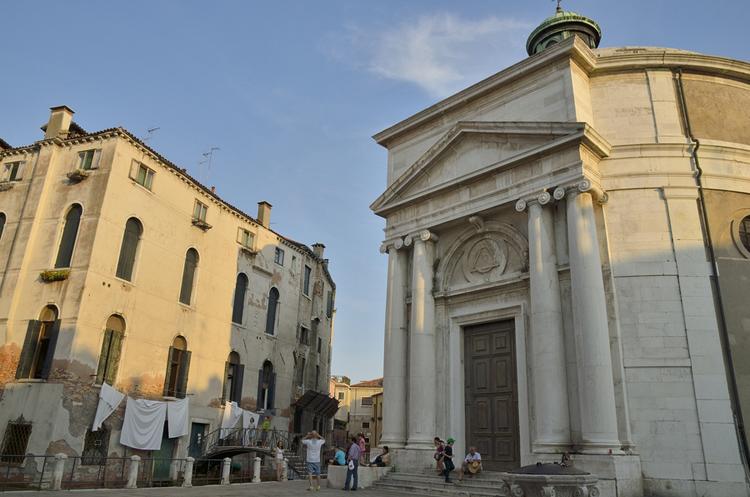

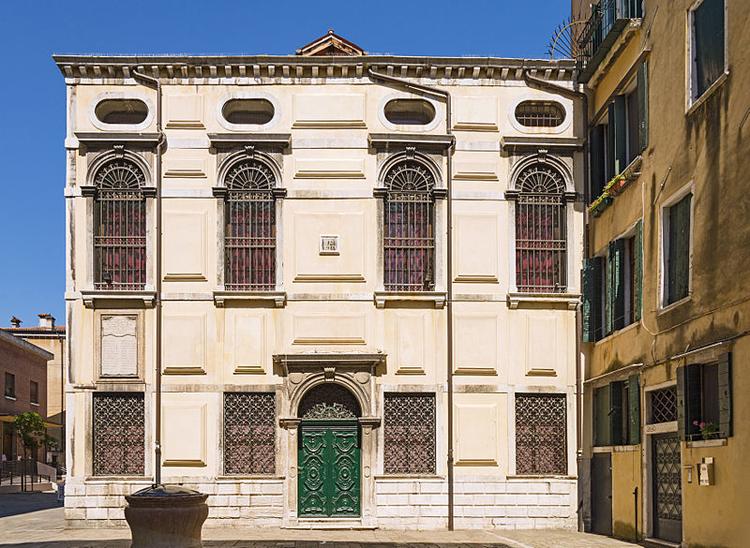
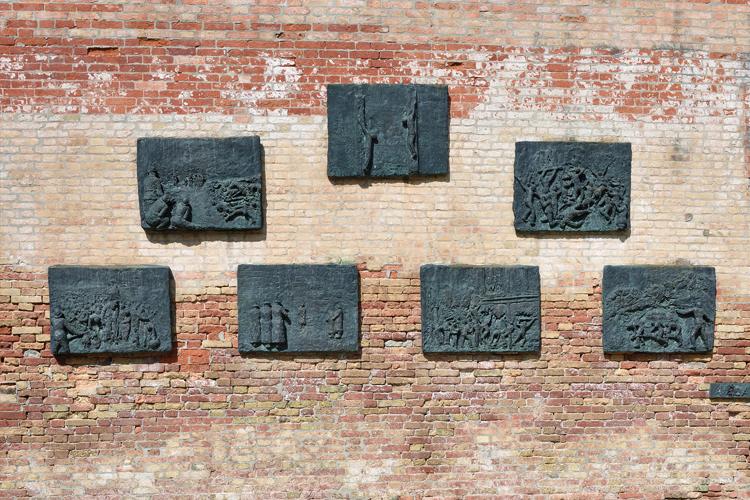
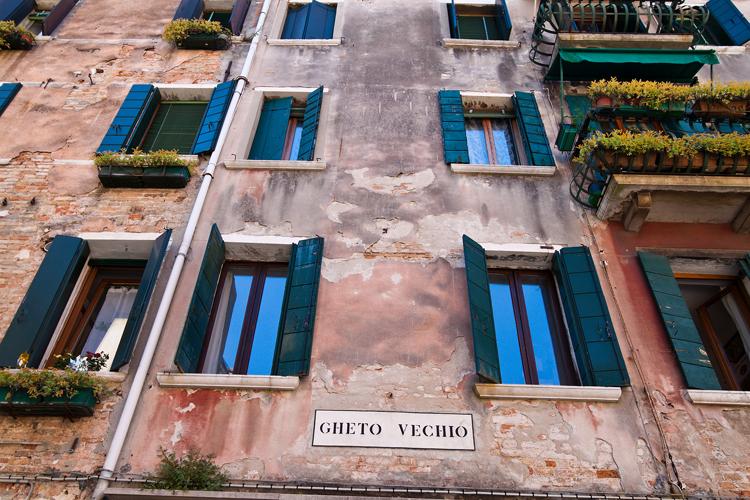
On March 29, 1516, the Senate of the Republic of Venice signed a decree mandating that all Jews residing in the city live together in a monitored and gated area, separated from the Christians; thus Jews were relocated to a small island encircled by walls, where a foundry used to be (in the Venetian dialect, ‘getto’ was the word for foundry). That marked the establishment of the first Jewish ghetto in Europe, and the first ghetto in history to be called just that: ghetto, a word that would later become common throughout Europe.
The Venice ghetto quickly became a crossroads between the East and West, where lively cultural exchanges took place, where liberal professions, printing presses and trade flourished. Merchants, poets, rabbis, doctors and printers, Jews from all over the world resided in the ghetto, which, by the end of the 17th century, numbered between 4,000 and 5,000 people.
With time, the original nucleus of the Ghetto Nuovo was enlarged with the addition of the Ghetto Vecchio, then the Ghetto Nuovissimo. As the Jewish community grew bigger but could not get out, buildings were raised to house more people, which is why its buildings are among the highest in Venice, up to 6-8 floors, unlike the rest of Venice.
In 1589, Jews were officially authorized by the Republic to build synagogues.
The ghetto’s gates were opened in 1797, when Napoleon conquered Venice.
The 500th anniversary of the Venice ghetto marks five centuries of a history full of culture, characters, obstacles, creativity and achievements, which will be remembered with a series of events in Venice throughout the year, organized by the Venice Ghetto 500 committee. Among the highlights: an exhibit on Jewish history and life at the Doge’s Palace, “Venezia, gli Ebrei e l’Europa. 1516-2016,” running from June to November, a production of Shakespeare’s The Merchant of Venice, on July 27, 2016, and the restoration of the Jewish Museum of Venice.
The heart of Venice’s Jewish Ghetto is Campo del Ghetto Nuovo, a quiet square not far from the train station, in the district of Cannaregio.
Go on a virtual tour of the Venice Jewish ghetto with the photos below.
For more information on the events scheduled for the 500th anniversary, visit Venice Ghetto 500.
